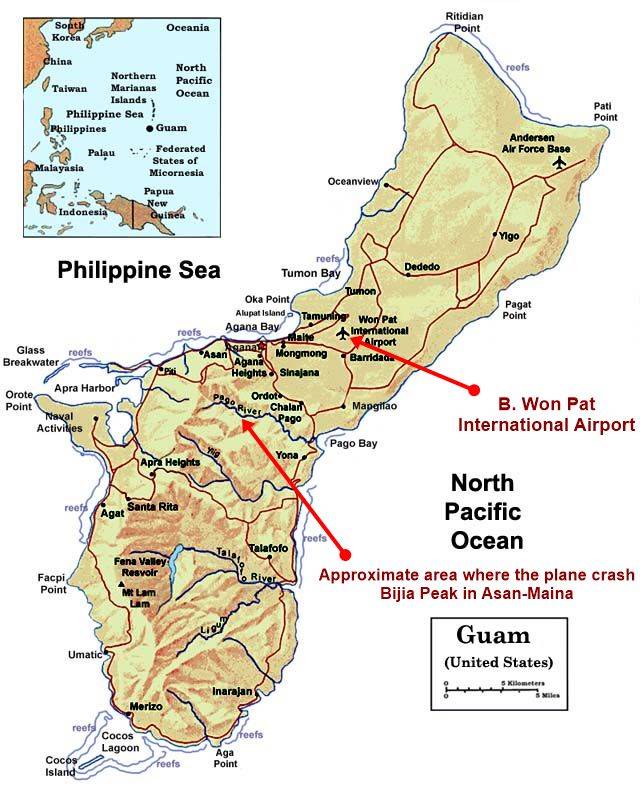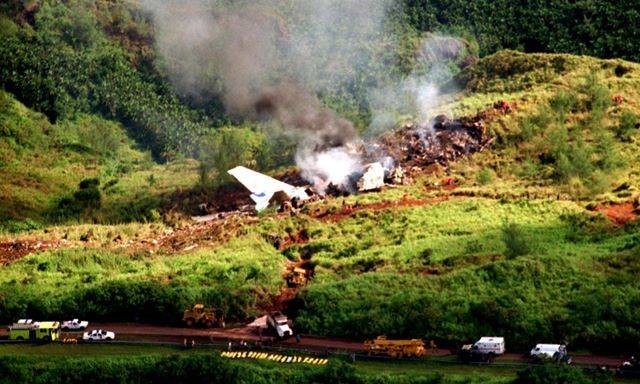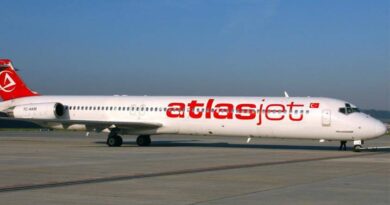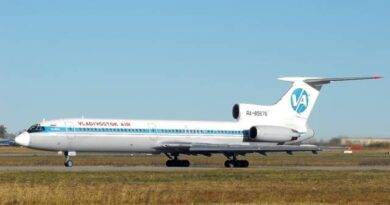Korean Air Flight 801: The Crash That Changed Aviation
On August 6, 1997, Korean Air Flight 801 crashed on approach to Antonio B. Won Pat International Airport in Guam, killing 229 people. The crash was one of the deadliest aviation accidents in history, and it led to significant changes in the way that pilots are trained and how airplanes are equipped.
People on Board
Flight 801 departed from Seoul-Kimpo International Airport (now Gimpo International Airport) at 8:53 pm (9:53 pm Guam time) on August 5 on its way to Guam. It carried three flight crew members (the two pilots and the flight engineer), 14 flight attendants, and 237 passengers from four countries, a total of 254 people
The crash of Korean Air Flight 801 was caused by a combination of factors, including pilot error, inadequate training, and a malfunctioning navigational system. The pilots were flying the plane at night, and they became disoriented when they encountered a cloud bank. They descended below the minimum safe altitude and crashed into a mountain. On approach to the airport, the plane crashed on Bijia Peak in Asan-Maina, Guam, which is south of Nimitz Hill.

The crash of Flight 801 led to a number of changes in the way that pilots are trained. Pilots are now required to receive more training in night flying and in how to deal with spatial disorientation. Airplanes are also now equipped with more advanced navigational systems that are designed to prevent pilots from becoming lost.
The crash of Korean Air Flight 801 was a tragedy, but it also led to important safety improvements. These improvements have helped to make air travel safer for everyone.
Here are some additional details about the crash:
- The plane was a Boeing 747-300.
- There were 254 people on board, including 237 passengers and 17 crew members.
- The crash killed 229 people, including all 17 crew members.
- The only survivors were 22 passengers and 3 crew members.
- The crash was caused by a combination of factors, including pilot error, inadequate training, and a malfunctioning navigational system.
- The crash led to a number of changes in the way that pilots are trained and how airplanes are equipped.
Here are some links to additional resources:
- NTSB Aircraft Accident Report: https://www.ntsb.gov/investigations/AccidentReports/Reports/AAR9801.pdf
- Wikipedia article on Korean Air Flight 801: https://en.wikipedia.org/wiki/Korean_Air_Flight_801
- Simple Flying article on accident: https://simpleflying.com/korean-air-flight-801-cabin-crew-perspective/
- Featured image source: By Rex B. Cordell, U.S. Navy. – http://www.defenselink.mil; exact source for image 970806-N-7159C-004, Public Domain, https://commons.wikimedia.org/w/index.php?curid=6208931
Map source: https://guam-online.com/maps-of-guam/
for more accidents: https://www.aviationfile.com/aviation-accidents-and-incidents/



